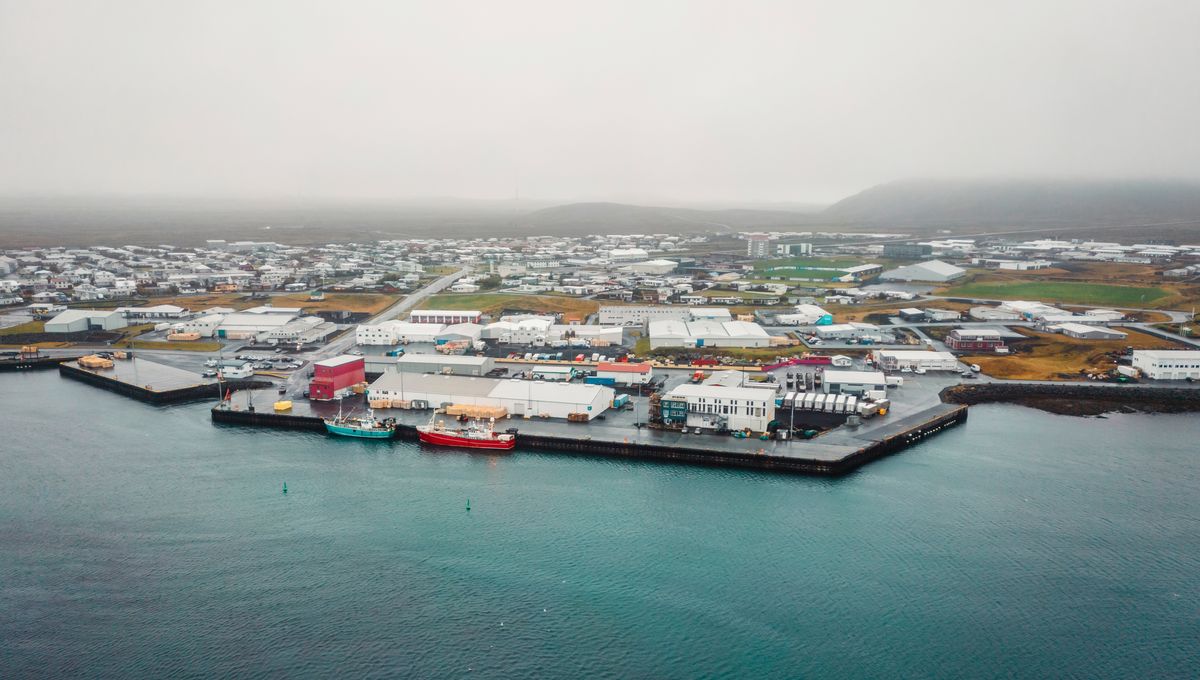
Iceland is bracing for a potentially hazardous volcanic eruption in the southwest of the island. Over the weekend, the Icelandic Met Office warned of a high likelihood of an eruption in the coming days. Since the end of last month, an increase in seismic activity has put authorities on alert, with hundreds of seismic events daily concentrated in the Reykjanes region.
The concern grew when, in the last 10 days, analysis showed a huge amount of ground inflation, indicating that something is pushing the ground up from within. Together with the ground upswelling, the strength of the quakes has also increased. On November 12, there were 1,000 quakes in the region.
While the highest magnitude quakes are still around 5, the motion of the magma has led to cracks in the road and collapses in certain areas of the region.
There is a magma intrusion stretching across Grindavík, a fishing town of around 3,000 residents, and then further northeast for a total length of 15 kilometers (9 miles). The intrusion moved from being 1,500 meters deep to just 800 meters (4,920 to 2,625 feet), highlighting how it is slowly moving towards the surface. The location of the likely eruption is currently unknown, as well as whether it might be hours or days away.
Due to the risks and uncertainty, Iceland’s Department of Civil Protection and Emergency Management ordered a complete evacuation of Grindavík and the surrounding areas. The Blue Lagoon, one of Iceland’s most famous tourist attractions, was also closed. The Chief of Police in Suðurnes allowed residents to enter, under supervision, a defined area in Þórkötlustaðahverfi in Grindavík. This was to collect essential items, pets, and livestock.
There have been three eruptions on the Reykjanes Peninsula in the last two years, so local residents, Icelandic authorities, and experts are well prepared for them. Still, there are concerns that this eruption will be bigger than the previous three combined, based on the volume of the magma that has been estimated to be under the surface of the region.
The Fagradalsfjall system, of which those three eruptions have been part, lies parallel to this magma intrusion. The system had not seen a volcanic eruption in 6,000 years before the first one in 2021. Well, it is clearly dormant no more.
Source Link: Iceland Records 1,000 Earthquakes As Town Evacuated Over "Significant" Volcanic Eruption Risk